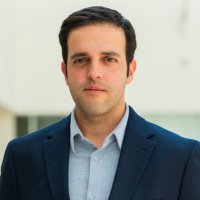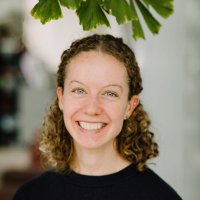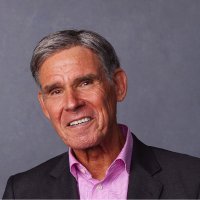
Mitch Murdock
@mhmurdock1
ID: 89079025
11-11-2009 01:50:14
112 Tweet
382 Takipçi
681 Takip Edilen

Check out our work. Just published in Circulation Research! Piezo1 is a Mechanosensor Channel in Central Nervous System Capillaries ahajournals.org/doi/10.1161/CI… [🧵⬇️]


Thrilled to share our work led by @panshelei on region-specific CSF circulation in the developing brain - out today in Nature Communications. This has implications for neuron-CSF interactions and cognitive outcomes in #hydrocephalus WashU Med Taylor Family Department of Neurosurgery Test Account go.nature.com/3JlD4IM







This issue of Cell comes with 3 other papers from collaborations across the labs of @DrLiHueiTsai Manolis Kellis 🔥🔥🔥 Check out the cover art designed by our very own Carles Boix!


Lucky to have been part of this amazing team (🙌🏻), and to have had a chance to contribute to this body of work across several papers! Check the story from MIT Picower Institute summarizing all our findings: picower.mit.edu/news/decoding-…



In nature today: 40Hz light and sound stimulation increases peptide release from interneurons, driving clearance of #Alzheimers protein via the brain’s glymphatic system. Study led by @DrLiHueiTsai, Mitch Murdock. picower.mit.edu/news/how-senso… @mitscience MIT Brain and Cognitive Sciences

Mitch Murdock strikes again! Congratulations Mitch 🥳🥳



Excited to announce that the Victor Lab is coming to NYC this Fall at the Icahn School of Medicine at Mount Sinai Friedman Brain Institute! My lab will be housed at a new state-of-the art biotech hub on Manhattan's West Side! Check out the lab space and learn more from our website: victor-lab.com


Brainwashing. We're learning more about how the glymphatic system achieves waste removal from the brain and preserves immune response (such as surveillance) integrity science.org/doi/10.1126/sc… Science Magazine by Jonathan Kipnis 💔🎗️


Excited to join Whitehead Institute community! I’m grateful to Manolis Kellis and MIT EECS for my graduate training and supporting my journey here. My lab will study the complexity of cell-cell communication and explore its broader implications across various biological scales.




